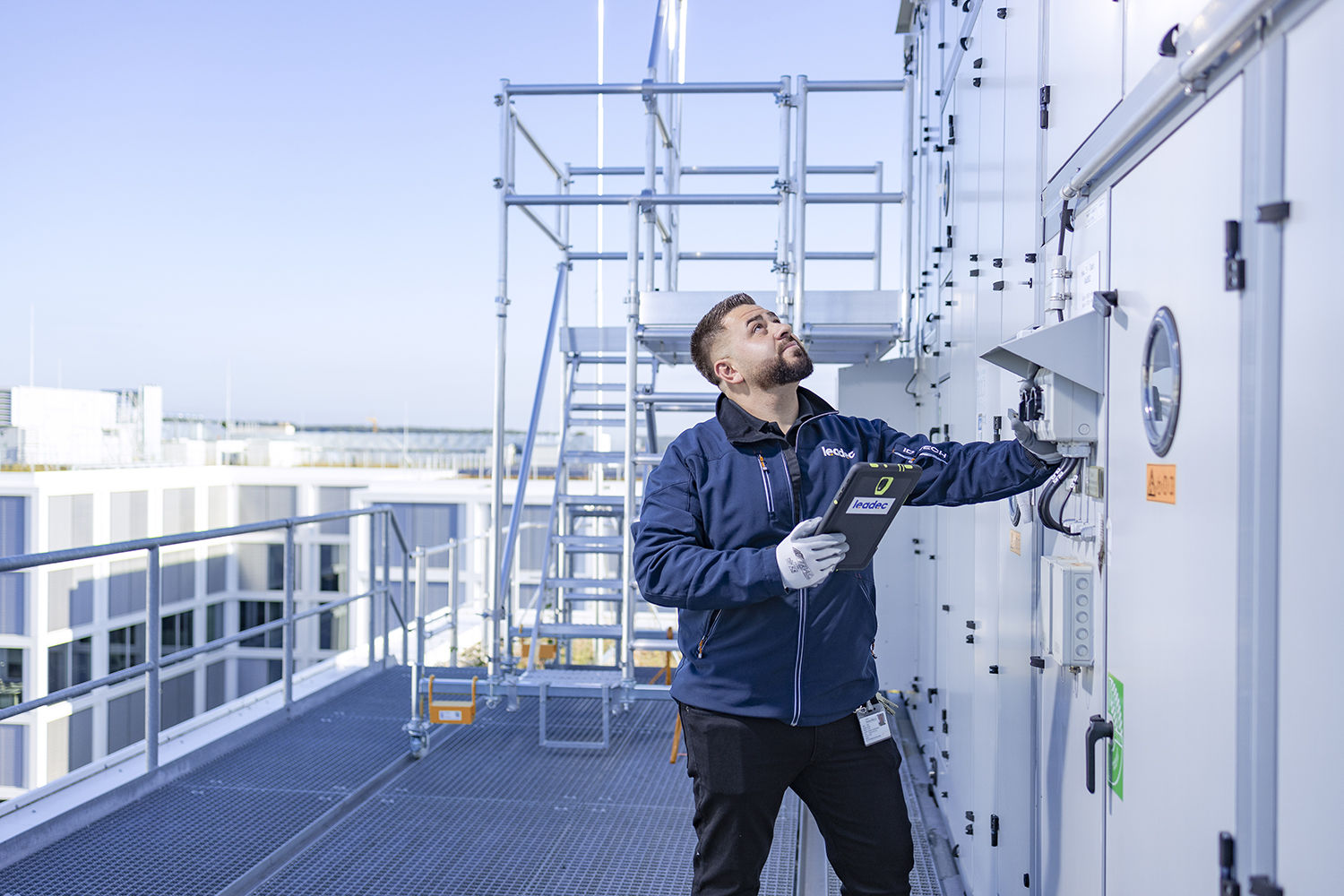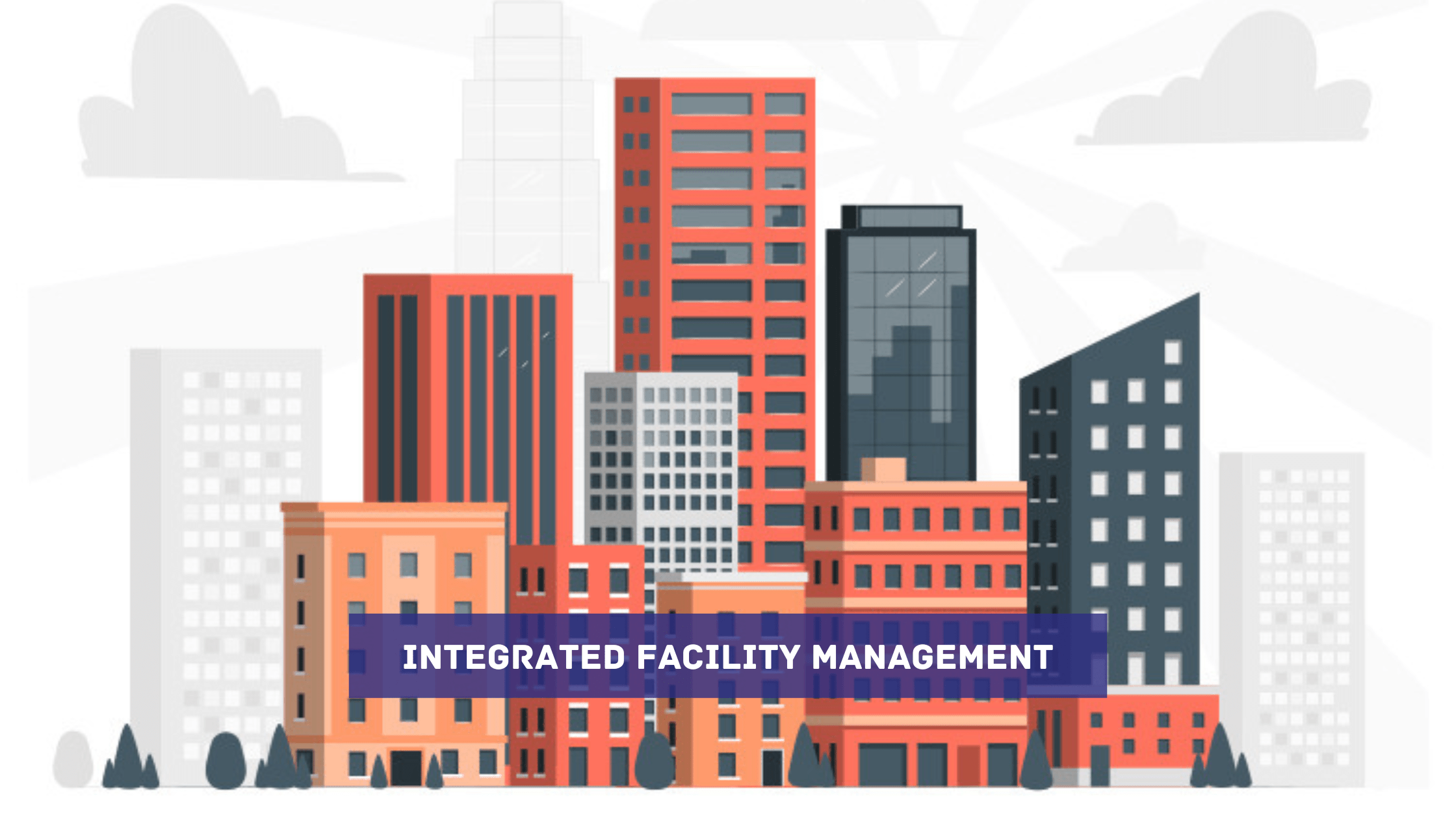The Function of Facility Management in Enhancing Functional Efficiency
The Function of Facility Management in Enhancing Functional Efficiency
Blog Article
The Necessary Overview to Facility Administration: Methods for Success
Center management plays an important duty in the overall success of a company, offering as the foundation that supports security, performance, and performance. The subtleties of reliable center management extend beyond simple logistics and need an extensive understanding of both quantitative and qualitative metrics.
Understanding Facility Administration
What makes up reliable center monitoring? Reliable center monitoring encompasses the coordination of various organizational functions to guarantee that developed settings are safe, reliable, and for productivity. Facility Management. It incorporates the concepts of design, organization, and style management to create a smooth functional circulation within an organization
Crucial element of facility monitoring consist of area planning, maintenance monitoring, and conformity with health and wellness and security policies. Space preparation concentrates on enhancing using physical sources to sustain business goals, while maintenance monitoring makes certain that centers are kept in optimal problem, making best use of life expectancy and decreasing operational prices. Compliance with regulative and legal criteria is important, as it safeguards the organization versus prospective liabilities and boosts its credibility.
Furthermore, reliable facility monitoring relies upon the strategic usage of technology, such as Structure Administration Equipment (BMS) and Computer-Aided Facility Monitoring (CAFM) tools. These technologies assist in real-time monitoring of structure systems and streamline upkeep processes. Eventually, a comprehensive technique to facility administration not just promotes functional efficiency however also fosters a positive atmosphere for workers and visitors alike, driving overall organizational success.
Trick Strategies for Optimization
Enhancing facility management needs a calculated approach that aligns functional experiment organizational goals. To attain this, the first crucial strategy is the application of incorporated technical solutions. Using innovative software systems enables real-time tracking of center operations, assisting in data-driven decision-making and improving overall effectiveness.
Secondly, regular analyses of facility efficiency are essential. Conducting regular examinations and audits enables facility managers to determine locations that require renovation, ensuring that resources are assigned successfully. This aggressive strategy aids in minimizing downtime and enhancing service delivery.
Another vital method is promoting partnership throughout divisions. By motivating open interaction between teams, facility managers can better align their methods with organization objectives, bring about boosted functional harmony. Furthermore, engaging staff in training programs promotes a society of liability and boosts their capacity to add to optimization initiatives.
Enhancing Security Protocols
Strengthening safety methods is crucial for developing a safe atmosphere within facilities. An extensive safety method not only secures visitors and employees yet additionally improves operational performance. To attain this, facility managers should conduct normal threat evaluations to ensure and recognize prospective hazards that ideal procedures are in area.
Training and education and learning are vital elements of reliable security protocols - Facility Management. Staff members ought to obtain continuous training in emergency situation procedures, equipment handling, here and individual safety procedures. Regular drills, such as fire discharges or lockdown procedures, foster knowledge and preparedness amongst staff
In addition, clear communication networks must be developed to report safety worries without delay. This consists of creating an obtainable platform for workers to voice prospective threats or events without anxiety of reprisal. Leveraging technology can improve security steps; for instance, implementing monitoring systems and accessibility controls aids monitor facility tasks and limit unapproved entry.
Lastly, compliance with regional laws and industry standards is non-negotiable. Routine audits and evaluations of safety and security methods ensure positioning with present legislations and ideal techniques. By prioritizing get more info these methods, facility managers can cultivate a culture of security that secures all stakeholders and inevitably adds to the company's success.
Improving Workplace Environment

Ergonomic factors to consider are necessary to minimize physical strain and pain. Facility Management. This entails giving flexible furnishings, appropriate illumination, and sufficient space for movement. These adjustments can bring about lowered absence and boosted task complete satisfaction
Aesthetic appeals play an important role in shaping the office ambience. Using color psychology, natural lights, and plant can foster a welcoming and boosting setting. Attentively developed spaces can enhance creative thinking and enhance overall health.
Additionally, motivating employee involvement with inclusive decision-making procedures can improve the sense of possession and belonging. Gathering responses on work environment improvements and entailing workers click here in the design procedure can result in a more customized environment that fulfills their needs.
Last but not least, promoting well-being efforts, such as wellness programs and leisure spaces, can better contribute to an encouraging work environment society. By concentrating on these approaches, facility supervisors can successfully boost the workplace setting, driving both worker satisfaction and business success.
Gauging Success in Facilities
Determining success in center management calls for an extensive strategy that evaluates both qualitative and quantitative metrics. Quantitative metrics commonly include crucial efficiency indications (KPIs) such as space application rates, energy intake, upkeep costs, and tenancy degrees. These metrics provide a clear photo of functional efficiency and monetary efficiency, allowing facility managers to recognize locations for improvement and criteria versus sector standards.
Qualitative metrics, on the other hand, emphasis on customer complete satisfaction and worker involvement. Studies and feedback mechanisms can assess just how well the centers meet the needs of residents, assisting to examine the total workplace environment. This aspect is important, as a completely satisfied labor force is often linked to boosted efficiency and retention rates.
To effectively gauge success, center supervisors need to additionally take into consideration incorporating innovation, such as developing monitoring systems and information analytics devices, to accumulate and assess pertinent data. Frequently examining both sets of metrics enables for an extra balanced sight of efficiency and educates critical choices. Inevitably, an effective facility administration technique rests on a commitment to continuous renovation, making certain that both functional performances and individual fulfillment are prioritized.
Conclusion

Facility administration plays a critical function in the total success of a company, offering as the foundation that sustains safety, efficiency, and performance.Key aspects of center monitoring consist of space planning, maintenance administration, and conformity with wellness and safety policies.Additionally, efficient center monitoring counts on the strategic use of technology, such as Building Administration Solution (BMS) and Computer-Aided Center Administration (CAFM) devices. Inevitably, a thorough approach to center management not only promotes functional effectiveness yet also promotes a favorable atmosphere for site visitors and workers alike, driving general organizational success.
Eventually, a successful facility management strategy hinges on a dedication to continual renovation, making sure that both functional effectiveness and user satisfaction are focused on.
Report this page